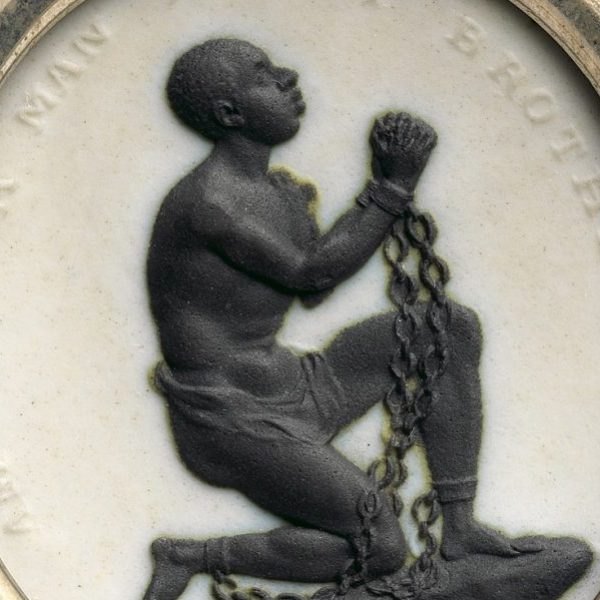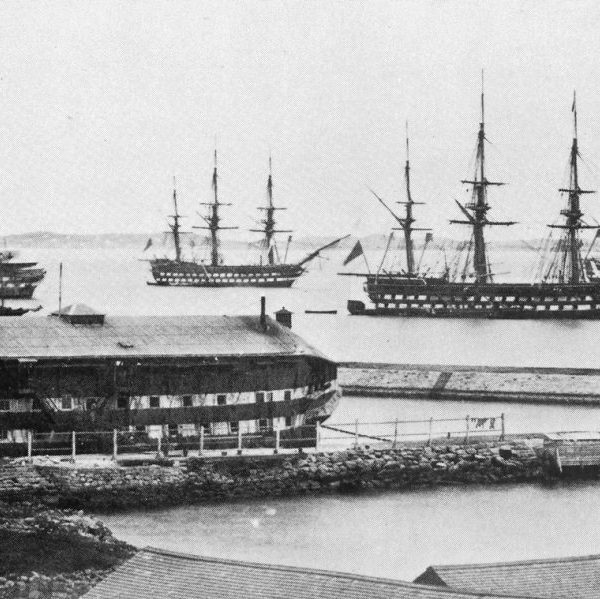The Children of the Amistad
Benjamin N. Lawrance—
March 9 marks the 174th anniversary of the Supreme Court decision U.S. v Amistad, one of the most celebrated U.S. “freedom suits.” Since the case’s conclusion in 1841, the charismatic leadership of Cinqué (Sengbe Pieh) and the rhetorical prowess of former President John Quincy Adams and others in advancing the Africans’ free-born status have received countless treatments by historians, film directors, and the public at large. The story has been told and retold so many times that it’s hard to escape the conclusion that the Africans were free-born and the ruling was indeed justice served.
That the adults were free-born Africans formed the centerpiece of an elaborate argument. The free-born argument appears in the documents rebutting the property claims the Cubans Pedro Montes and Jose Ruiz from January 1840, when they declared before the US District court,
That they and each of them are natives of Africa and were born free, and ever since have been and still of right are and ought to be free and not slaves, as is said in several libels or claims pretended or surmised and that they were never domiciled in the Island of Cuba, or in the Dominions of the Queen of Spain, or subject to the laws thereof, that on or about the 15th day of April 1839 they and each of them were in the lands of their nativity unlawfully kidnapped and forcibly and wrongfully by certain persons to them unknown, who were then and there unlawfully and piratically engaged in the slave trade, between the Coast of Africa and the island of Cuba contrary to the will of these Respondents unlawfully, and under circumstances of great cruelty, transported to the said island of Cuba, for the unlawful purpose of being sold as slaves, and were then illegally landed for the purpose of the aforesaid.
And the significance of the Africans’ free-born status also loomed large in Justice Joseph Story’s 1841 decision when he wrote,
It is not only incumbent on the claimants to prove that the Africans are domiciled in Cuba, and subject to its laws, but they must show that some law existed there by which ‘recently imported Africans’ can be lawfully held in slavery. Such a law is not to be presumed, but the contrary. Comity would seem to require of us to presume that a traffic so abhorrent to the feelings of the whole civilized world is not lawful in Cuba. These respondents, having been born free… have a right to be everywhere regarded as free until some law obligatory on them is produced authorizing their enslavement.
But what gets lost in all the enthusiastic and celebratory telling and retelling of Supreme Court history is the role of six African children. Concealed by the masculine heroic narrative of the revolt aboard La Amistad are the lives of three girls, Kag’ne, Te’me, Mar’gru, and three boys, Ka’le, Antonio, and Covey.
As we reflect on the 1841 decision, the three girls become particularly important. The free-born claim, as a separate statement and a distinct line of defense against the alternative of slave status, first appeared in a short-lived failed attempt to liberate the girls in September 1839. Three different draft affidavits prepared for the writ of habeas corpus stated, the girls “were not now and never were slaves as is most unjustly and untruly set forth,” language later echoed by Justice Story. More important, a free-born claim featured prominently in the public hearing.
An account of the proceedings from the abolitionist newspaper, The Colored American, records that, “that the children who were of the ages 7, 8, and 9, were not slaves—nor ever had been—they were free born—illegally captured, and taken to Havana where they were sold contrary to the laws of nature and humanity.” The defenders of the girls argued “the laws and ordinances of Spain, in existence long before the birth of these children” sustained the view that “the capture of them was illegal, felonious and piratical.”
L
In the eyes of many today this brief, unsuccessful, and largely ignored “freedom suit” may appear marginal or insignificant. To be sure, the girls didn’t appear in the Supreme Court, and concerns about their welfare were far from the minds of the justices on the bench. But when we ignore the origins of arguments and brief moments in time, we get a distorted view of history.
In the 1830s, when these three girls and three boys were imprisoned in slave ships, children from the region today called Sierra Leone routinely accounted for 40-50 percent of slave vessels bound for Cuba. When we focus on the adult males, we hear a story of heroic resistance and survival. But unlike the adult males aboard La Amistad, the six children were enslaved and forcibly relocated during the peak of Atlantic child slave transportation.
When we return the girls’ all too brief court appearance to its rightful place in the celebrated dispute we have a richer, more nuanced, and more accurate Supreme Court. The six children’s narratives are fragmented and incomplete and confound attempts at categorizing their genre. Their individual stories omit classic slave biographical tropes, such as attacking an overseer or rejecting a master’s advances, and they contain scant details about the Middle Passage.
Unlike Frederick Douglass, Olaudah Equiano, and Harriet Jacobs, who published autobiographies at the ages of twenty-seven, forty-four, and fifty, respectively, the lives of the six children emerge immediately in context of childhood. These children’s lives are genuinely unpolished and often unrehearsed stories. But for too long they have remained scattered and fragmented.
The Supreme Court decision was not only a vindication of resistance and a celebration of liberty; it was also an exceptional story of the ingenuity, trauma, and resilience of African children. African child slaves have rarely been a direct focus of research. In hindsight, it’s perhaps ironic that the free-born claim originated with the girls because there was little basis to assert that any of the children were free-born. Suzanne Miers and Igor Kopytoff first advanced the notion that African slave status must be positioned on a kinship continuum.
Today we have much better understanding of the role of subordination, hierarchy, and patriarchy, in the lives of African children. I wonder what would happen if the lives and experiences of children embedded in the long history of the Supreme Court were given the attention they rightly deserve.
Benjamin N. Lawrance is the Hon. Barber B. Conable Jr. Endowed Chair in International Studies at the Rochester Institute of Technology. His latest book is Amistad’s Orphans: An Atlantic Story of Children, Slavery, and Smuggling.
Further Reading:



























